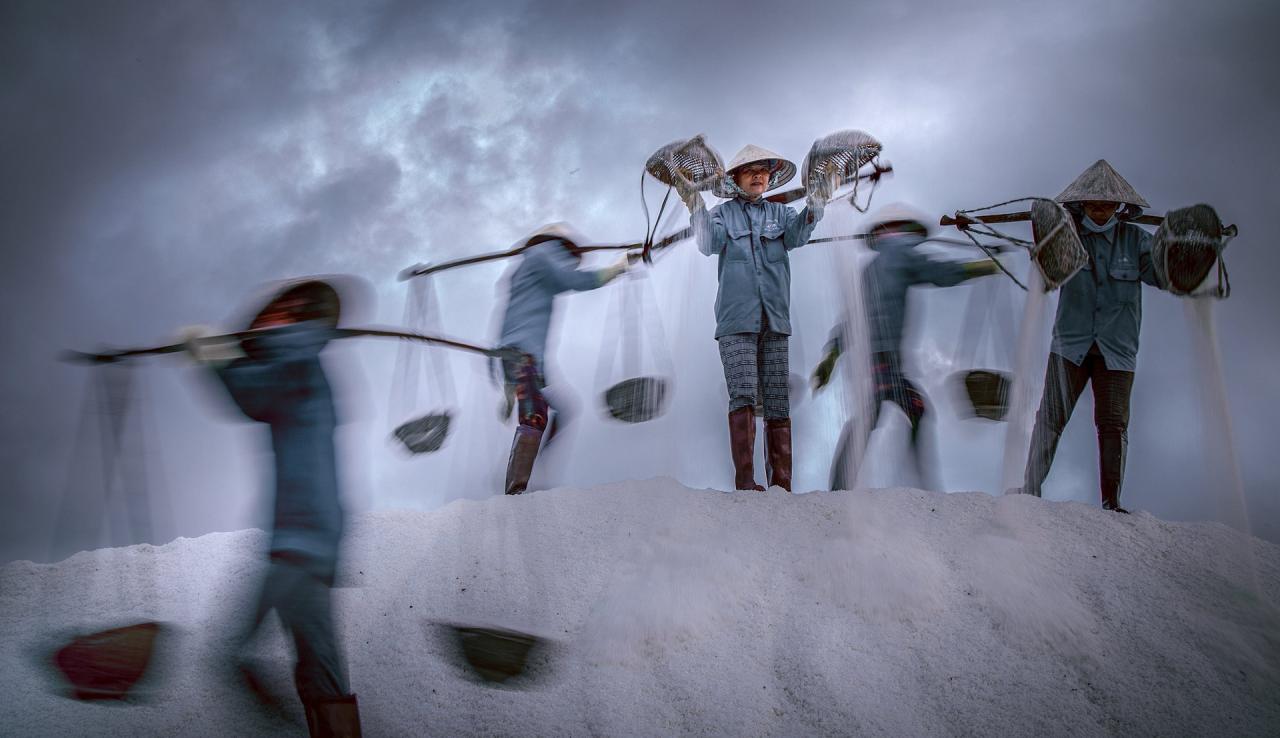
Salt grains are salty. The sweat of salt workers is saltier. After hundreds of years of working in the sun, wind and sea, they still stick to their profession - sometimes prosperous, sometimes hard, depending on the season. Salt-making regions in Vietnam are numerous and have diverse methods of production, from North to South, depending on the soil conditions of each region.
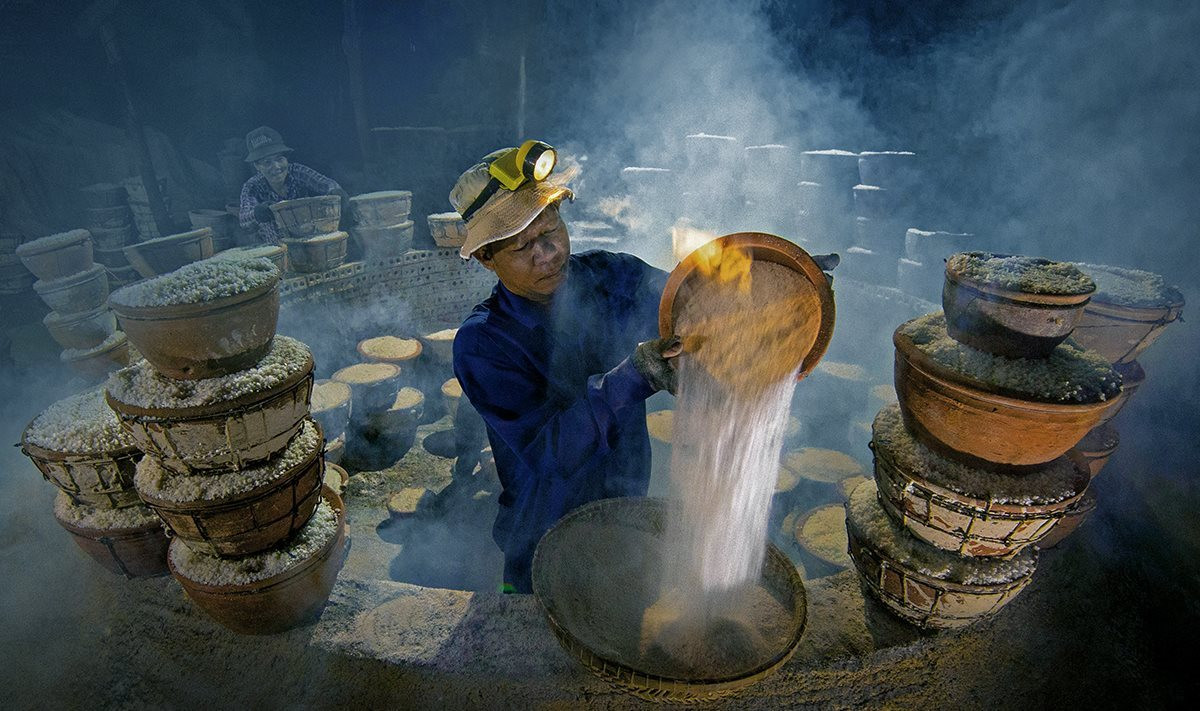
Working hard in the sun in the fields. The backs of men and women are soaked with salty sweat. Seen from above, the scene looks like an artistic painting. But in reality, the thousand-year-old salt fields of Vietnamese people are still emerging because the consumer market is shrinking. Finding a way for sea salt to become a Vietnamese specialty brand, and then the dream of reaching out to the world, is still vague.
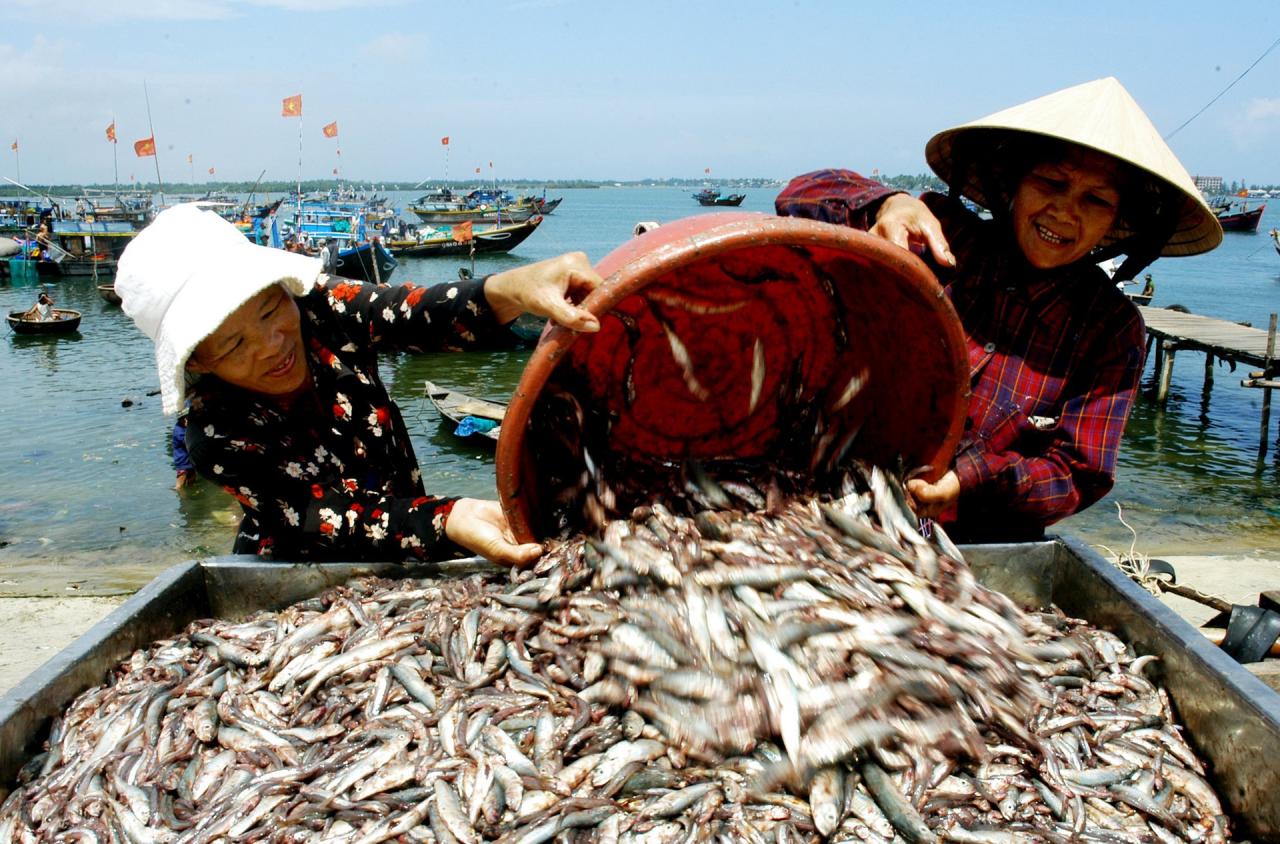
The salt road not only leaves traces on the beach. Salt grains go into the salty taste of fish sauce. Anchovies are fermented with sea salt, creating a traditional fish sauce bottle, fragrant through the days and months.
Historically, when mentioning the "salt road", Quang people also think of a route along the Truong Son mountain range, a vestige of the trading exchange of the Co Tu people.
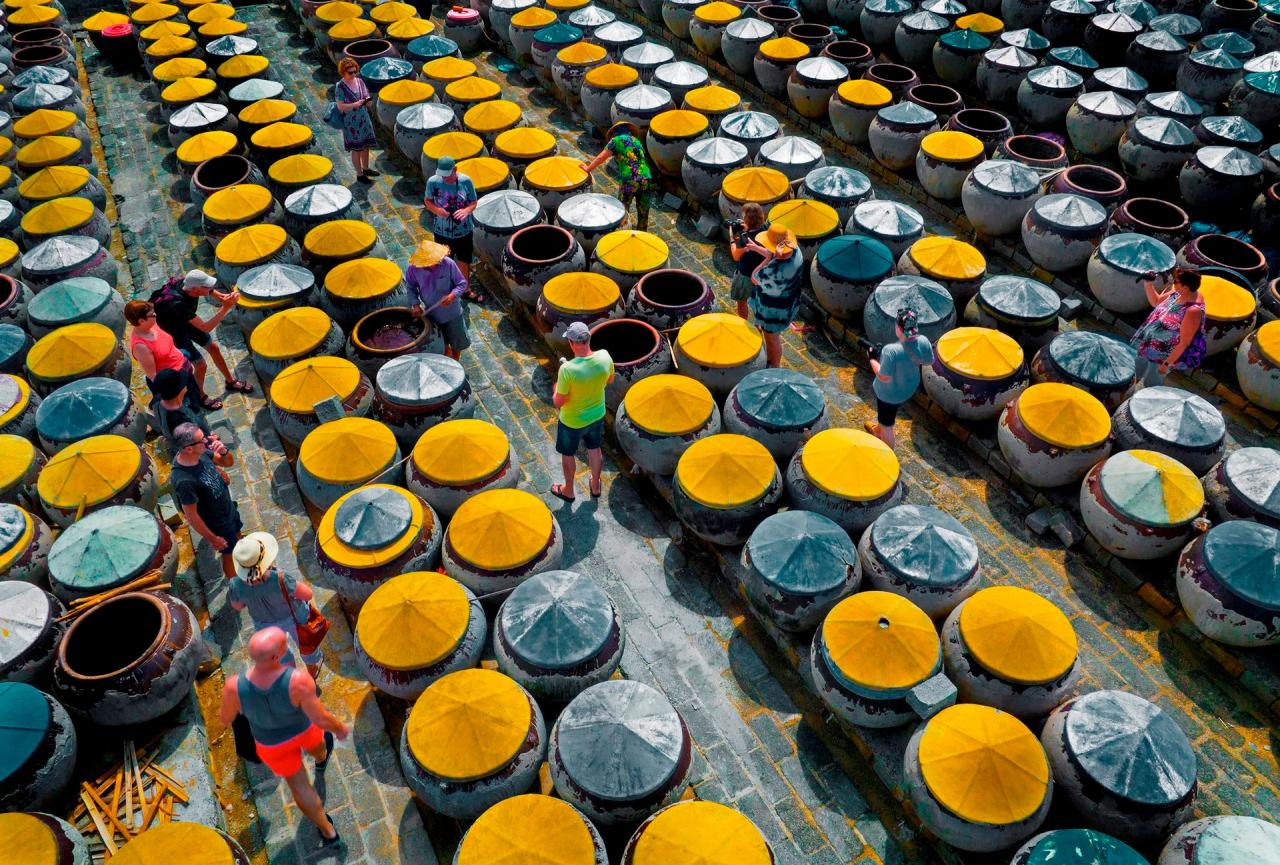
Salt is the most valuable product in the exchange between the highlands and the lowlands. The vestiges of salt worshiping places or ancient characters believed to be Sanskrit on the cliffs in Achia (Lang commune, Tay Giang) are almost the remaining heritage on this special "salt road".
Under the sun and sea breeze, the silhouettes of "salt"...
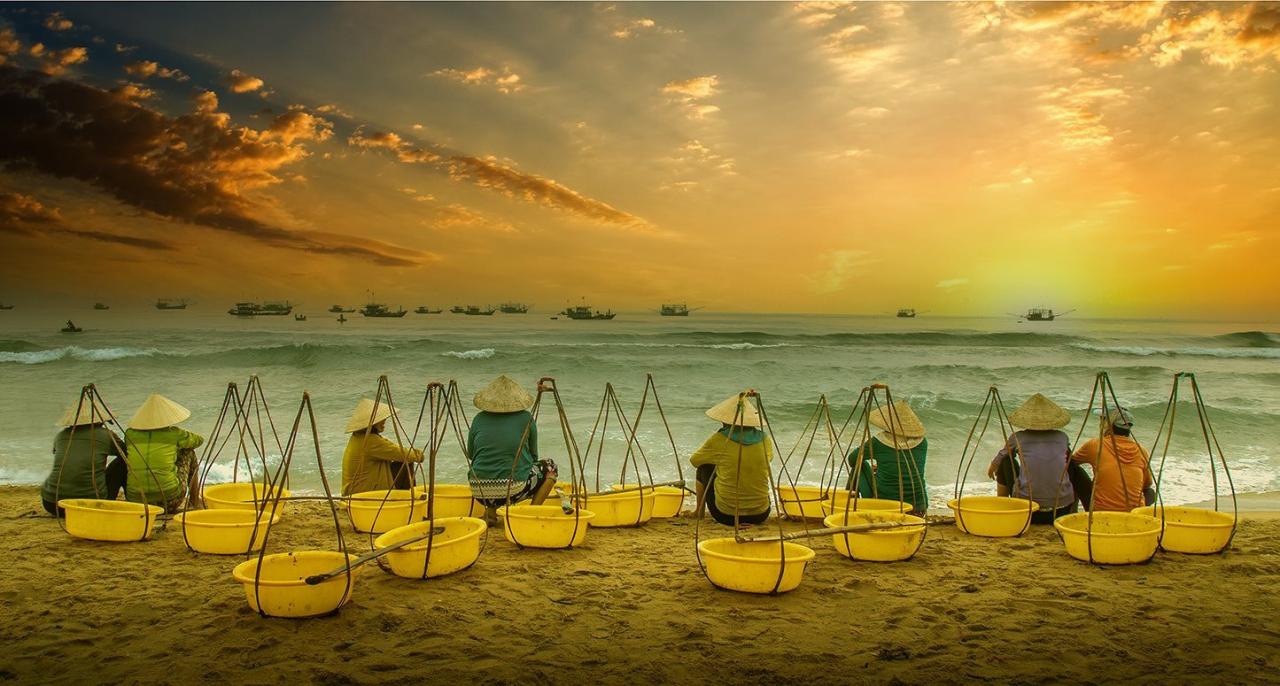

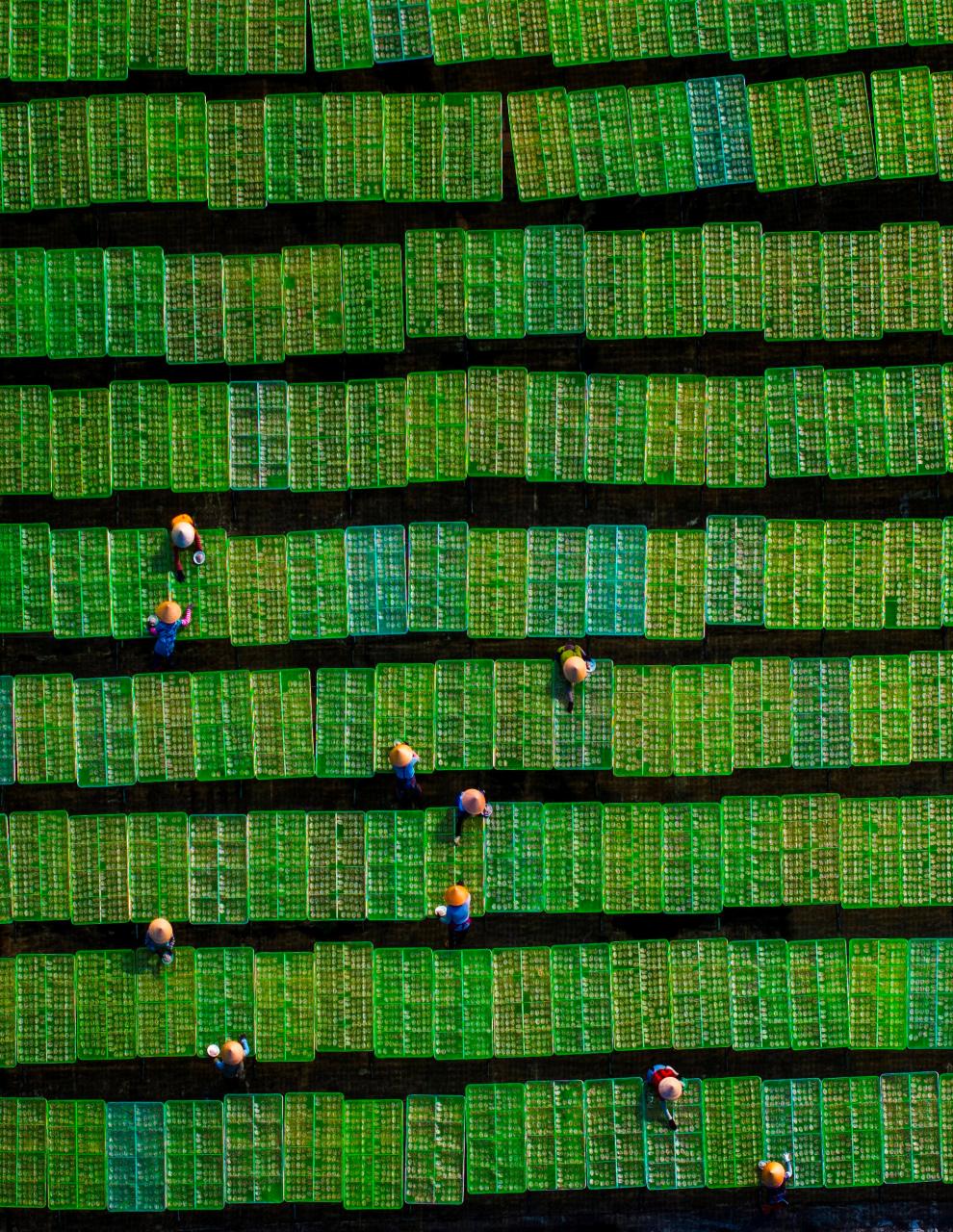
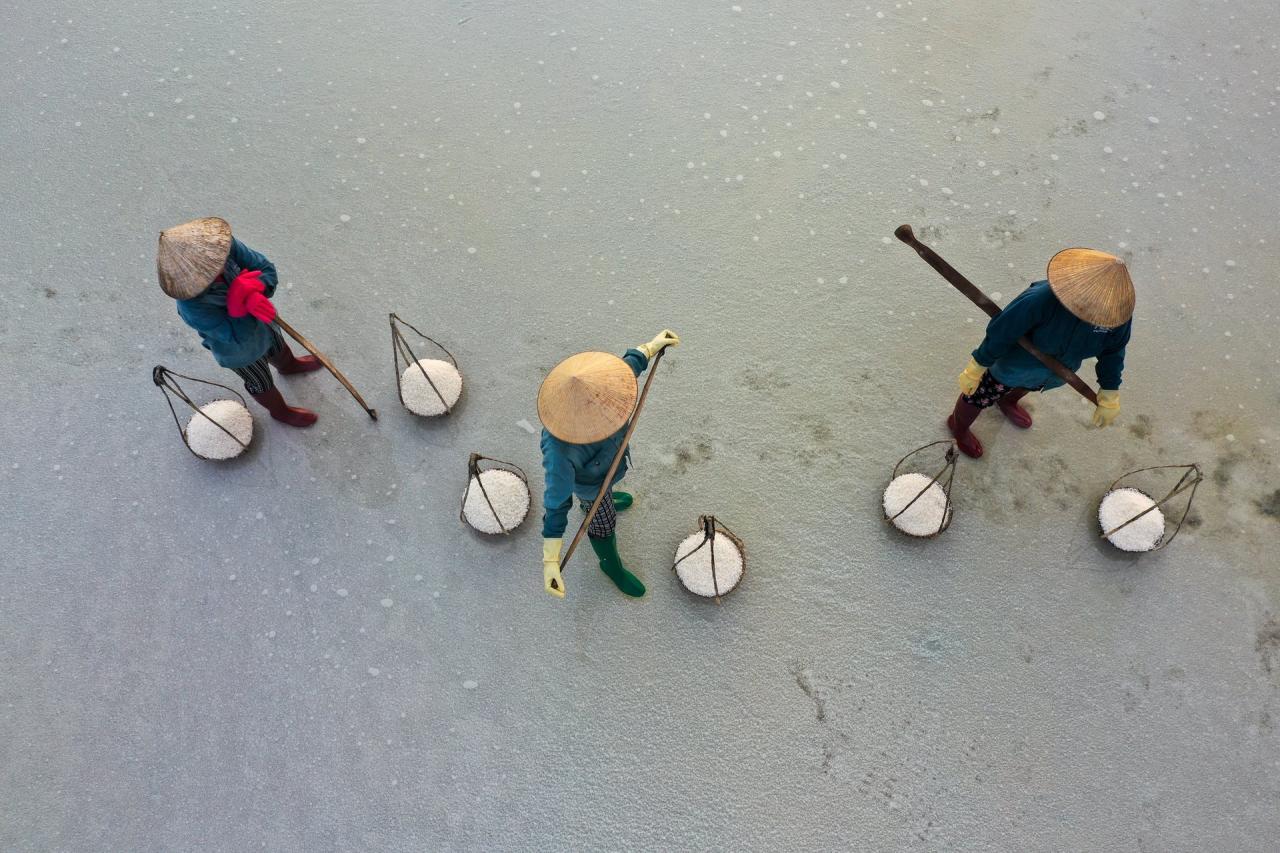
Source


![[Photo] Overview of the Workshop on Supporting Economic Growth - Perspective from Enterprises Subject to Special Consumption Tax](https://vstatic.vietnam.vn/vietnam/resource/IMAGE/2025/4/22/fbb8a54cfdea4cc5a20943d339e507d1)
![[Photo] General Secretary To Lam visits and works with the Armored Corps](https://vstatic.vietnam.vn/vietnam/resource/IMAGE/2025/4/22/508e23e207bf4cca9b985e68aec3b922)
![[Photo] Conference of the Standing Committee of the National Assembly Party Committee with the Standing Committee of the Government Party Committee on the 9th Session, 15th National Assembly](https://vstatic.vietnam.vn/vietnam/resource/IMAGE/2025/4/22/8de6c963df734cd3be2d59ddd5814209)
![[Photo] General Secretary To Lam had a phone call with Chairman of the African National Congress and President of South Africa Cyril Ramaphosa](https://vstatic.vietnam.vn/vietnam/resource/IMAGE/2025/4/22/b23970821c074eff87625cf8f0872251)
![[Photo] Air Force diligently practices for the April 30th celebration](https://vstatic.vietnam.vn/vietnam/resource/IMAGE/2025/4/22/b29d1376169e409db507351c9c46f6e7)
![[Photo] Prime Minister Pham Minh Chinh chairs a meeting of the Government Standing Committee on trade issues with the United States.](https://vstatic.vietnam.vn/vietnam/resource/IMAGE/2025/4/22/04b4e90912e34660930620e19c16203d)
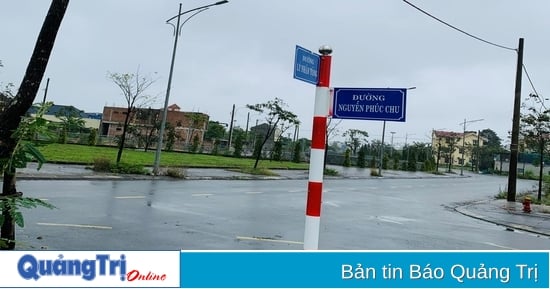














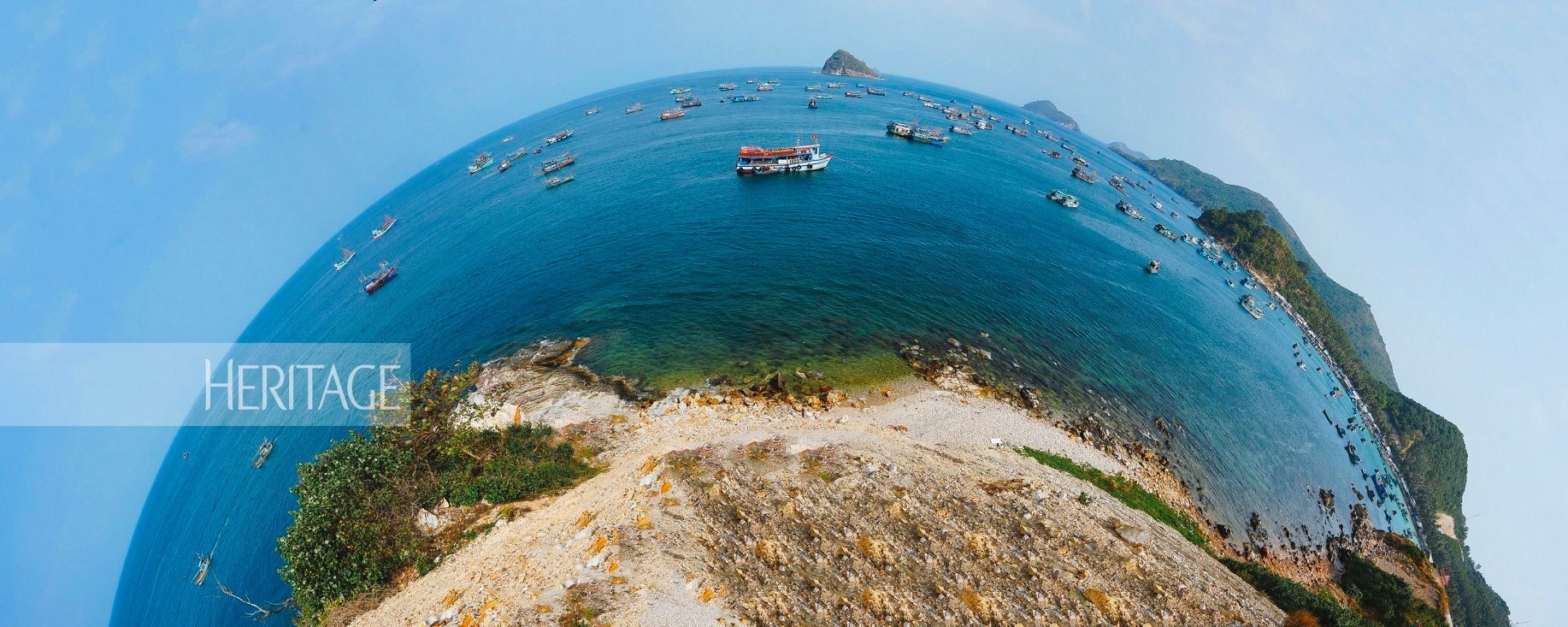





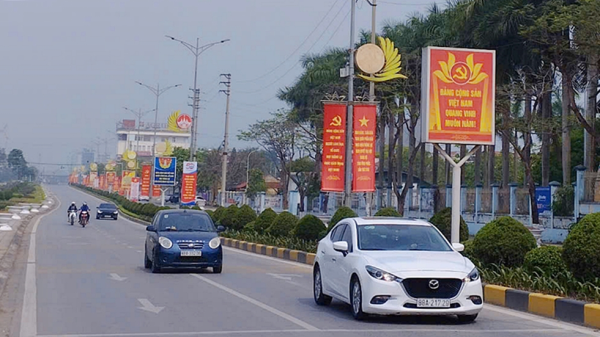



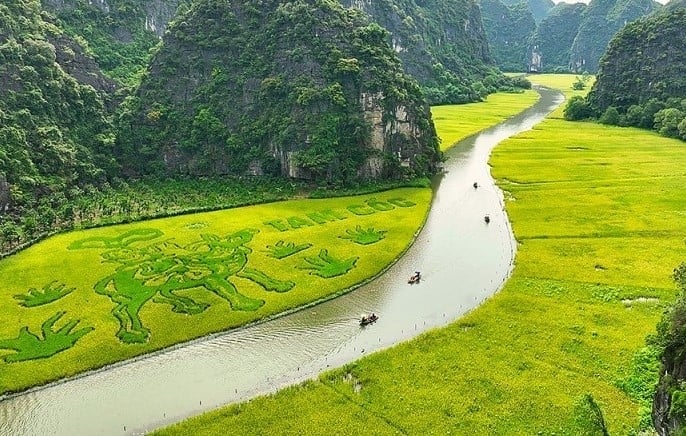



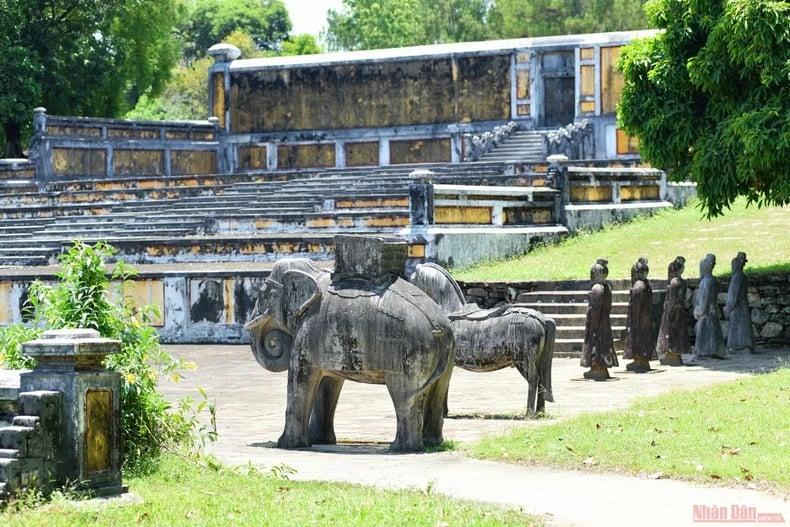



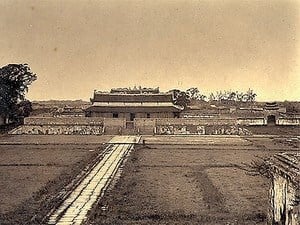

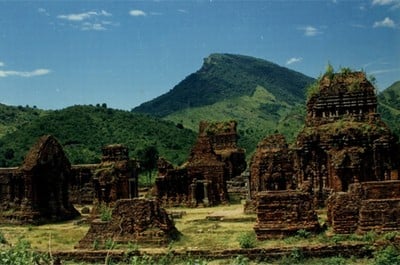




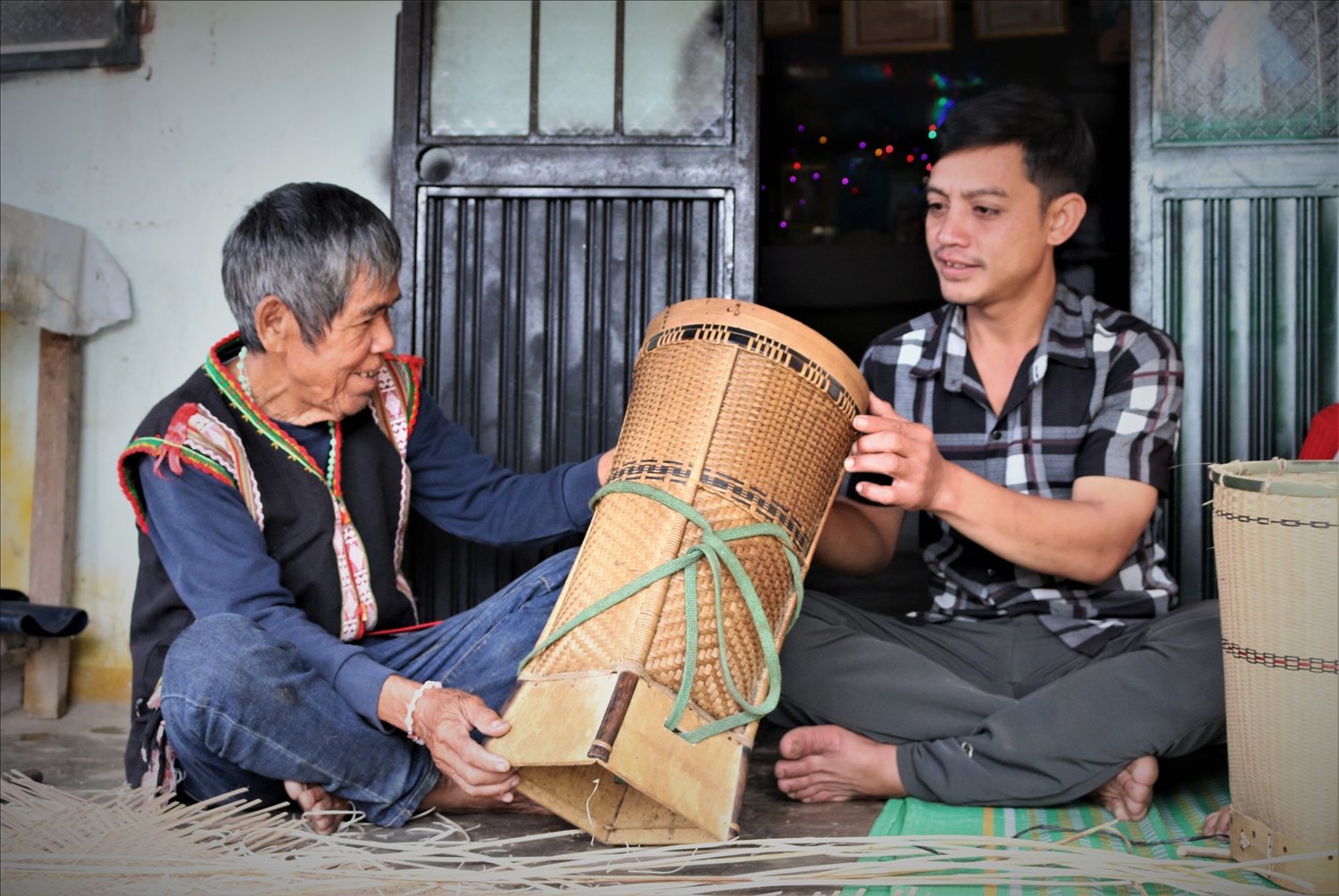


































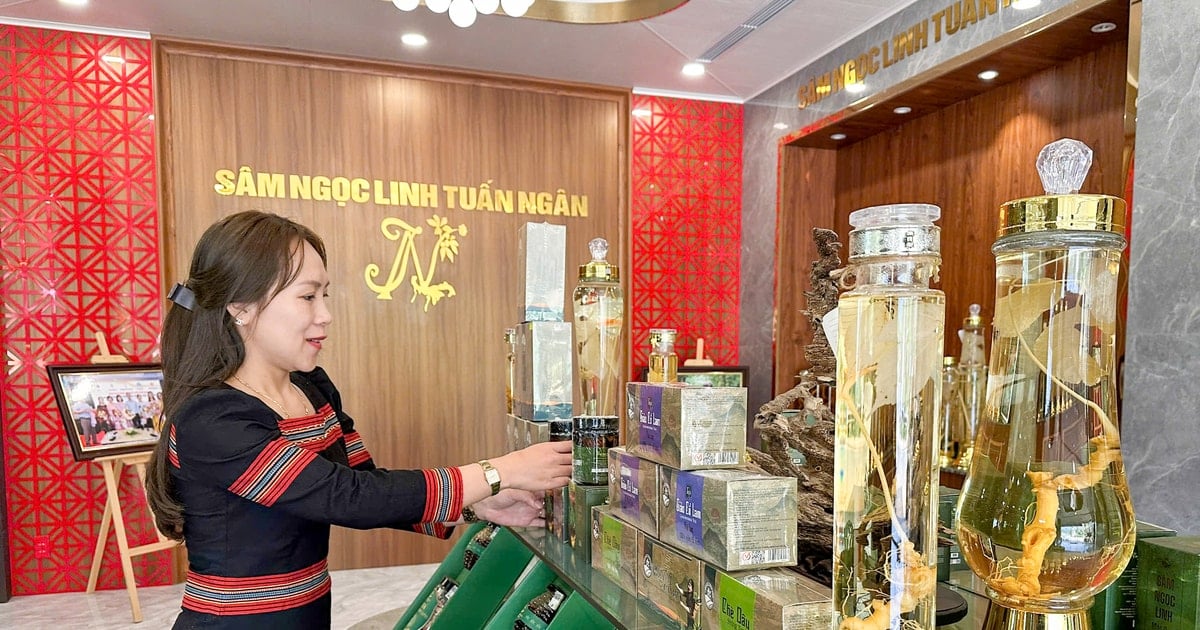


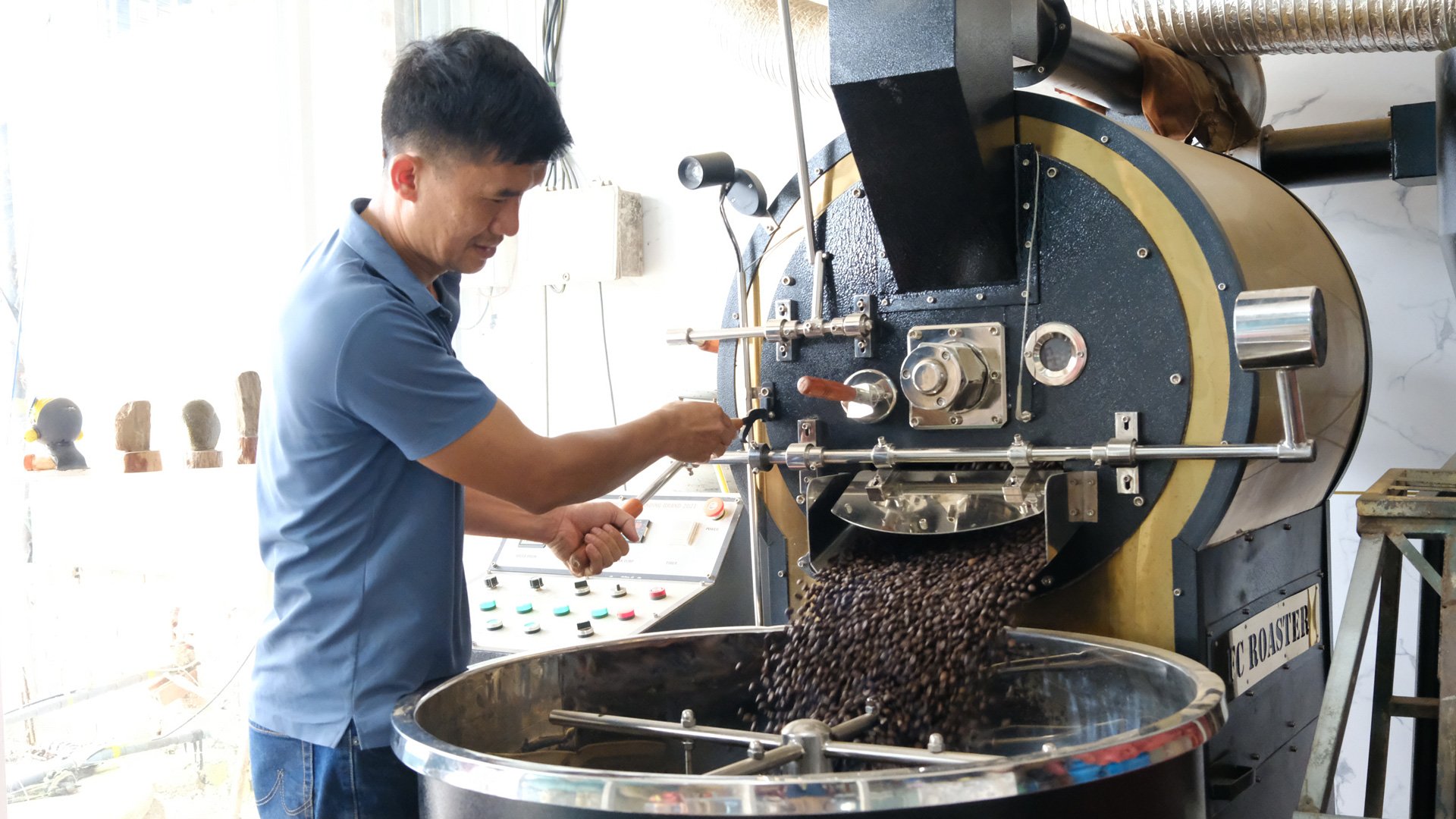




Comment (0)